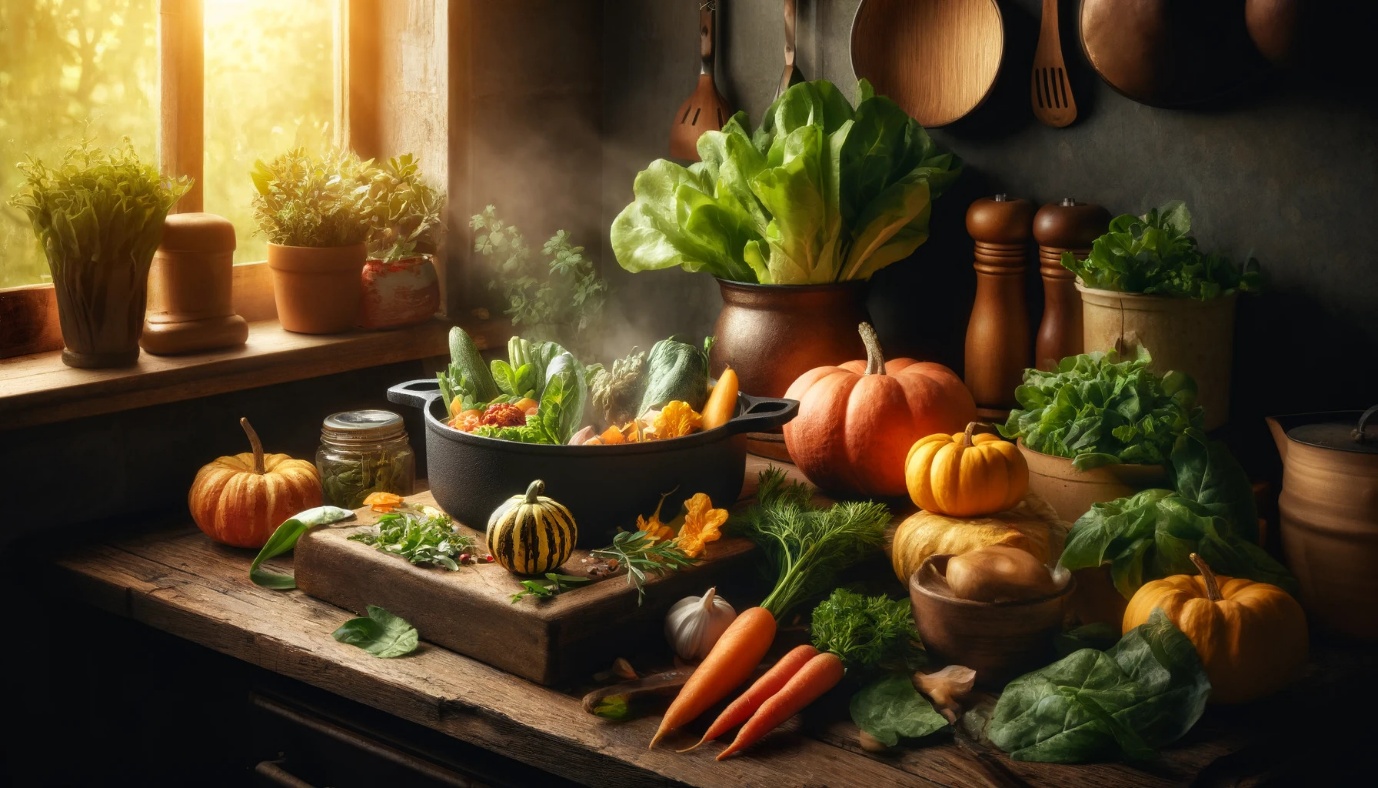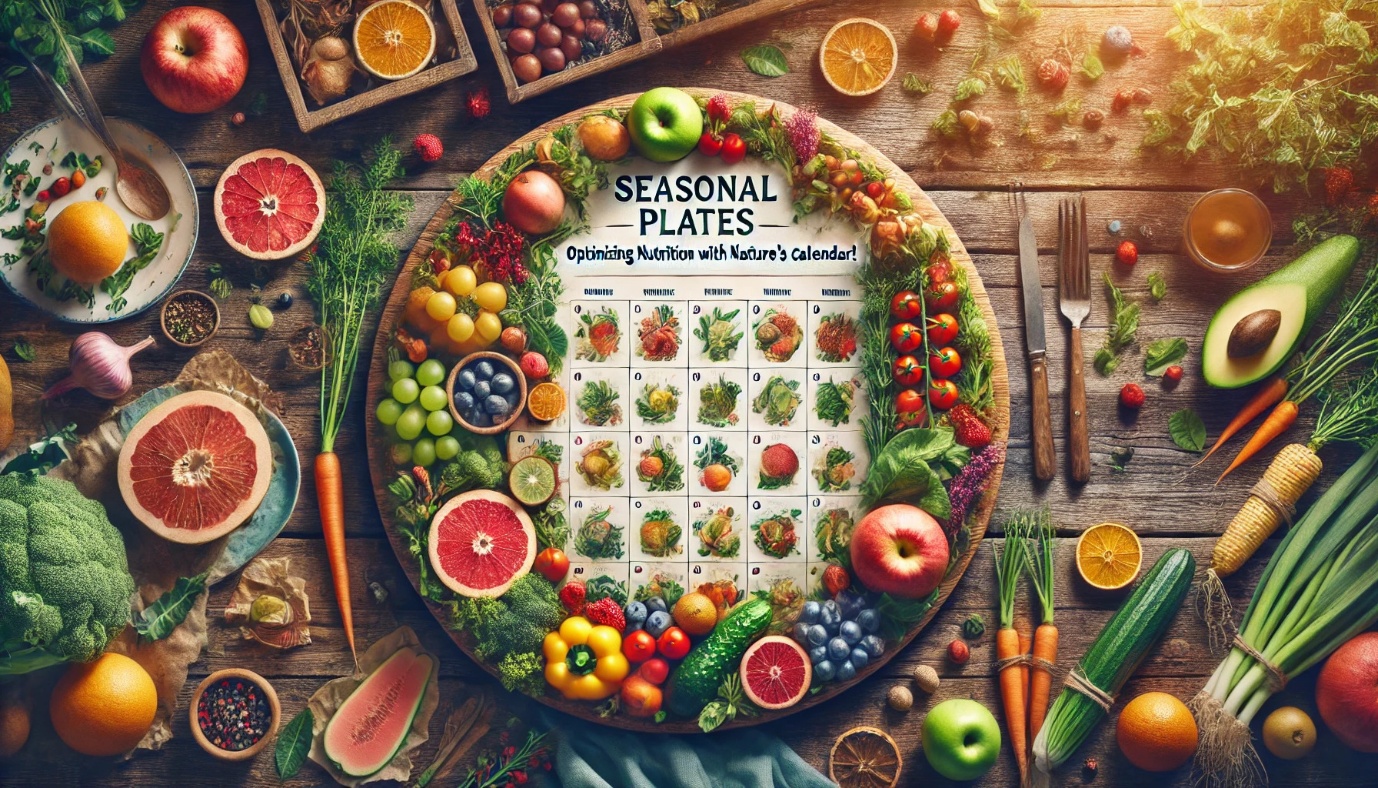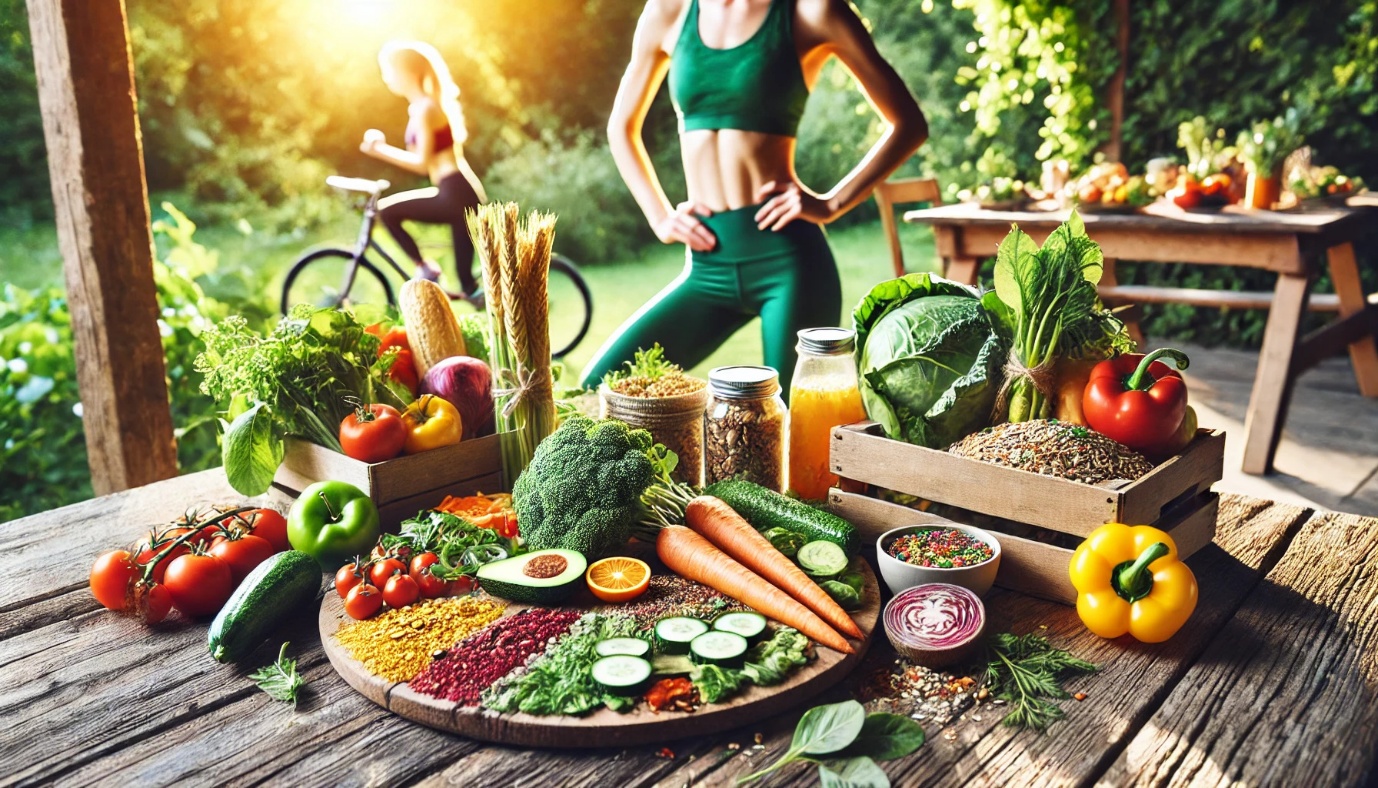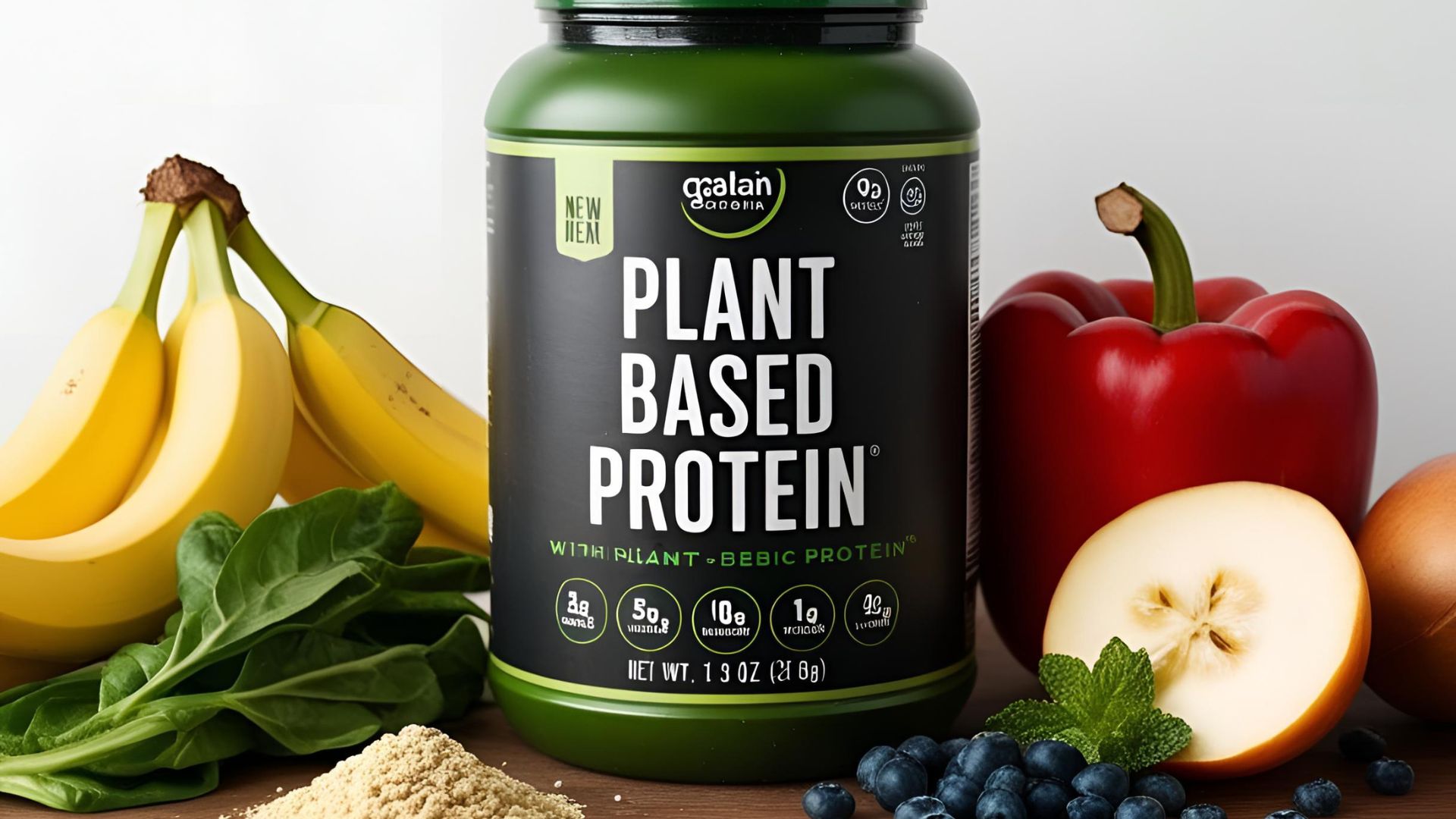Utilize nature’s cycles for better nutrition and fitness.
Eating with the seasons doesn’t just mean tastier meals– you also get more nutrients essential for overall health with every bite.
Find out how choosing fresh, seasonal produce can liven up your cooking habits while helping to achieve wellness goals faster!
Embracing the Seasons for Optimal Nutrition
When you eat fruits and vegetables at the peak of freshness (meaning it is in season), they will not only taste better but their nutrient levels could also be higher.
Nutrients include essential vitamins, minerals and antioxidants– everything your body needs to function optimally (and recover well from exercise).
Benefits of Seasonal Eating
- Enhanced Nutrient Profile: The nutritional value of seasonal foods is boosted because they are picked when ripe and need fewer preservatives.
- Saves Money: When fruit and veg are ‘in season’ there is lots of them– and that tends to lower prices!
- Better for the planet: Growing food in season can reduce the carbon footprint from transporting food long distances or having to grow them up in energy-hungry greenhouses.
- More Variety, Better Balance: Because eating lots of different foods over the course of a year can help provide a good mix of nutrients!
Aligning Seasonal Foods with Fitness Goals

When it comes to reaching your goal— be it bulking up, slimming down, or building stamina— seasonal eats can be a major plus. Consider the benefits:
- Spring: Eat spinach & kale for calcium & iron— good for bones + muscles.
- Summer: Snack on berries, watermelon; stay hydrated, get antioxidants for exercise recovery.
- Autumn: Try carrots & beets— they’ve got carbs to keep your energy up when days are packed (or evenings bustling!).
- Winter: Reach for hearty vegetables– think squash– along with legumes. Not only do they taste great in soups/stews/chilis during colder months, they also boast immune-boosting properties plus iron and B-vitamins that can help fend off fatigue and keep you moving when there’s snow on the ground.
Selecting Seasonal Produce– A Practical Guide!
Get the most out of eating seasonally by learning what foods are fresh and available in your area. Try these tips:
- Farmers’ Markets: Chat with local farmers at nearby markets. They can give you tips on picking the best produce— and let you know what’s in season right now.
- Seasonal Charts: Online charts show which foods are in season where you live. Check one out before you go shopping; it might help.
- Storage Tips: Want to keep fruits and veggies fresh for longer? How about hang onto more of their nutrients? Learn some basics on storing produce.
Spring Favorites
- Asparagus: Contains plenty of fiber along with vitamins A, C and K.
- Strawberries: Full of antioxidants and vitamin C.
- Peas: Lots of vitamins in addition to being a good plant-based protein.
Summer Staples
- Tomatoes: Lots of lycopene and vitamin C!
- Corn: Offers up complex carbohydrates and fiber.
- Cucumbers: Hydrate you, super low calorie– great for a snack!
Autumn Bounty
- Pumpkins: Packed with fiber and beta-carotene!
- Brussels Sprouts: Antioxidant-rich; high in vitamins C and K.
- Apples: Because of their natural sweetness and fiber content, they’re fantastic.
Winter Essentials
- Kale: Packed with vitamins A, C, and K.
- Sweet Potatoes: Lots of healthy complex carbs and beta-carotene.
- Oranges: Give your immune system a vitamin C boost!
Preparing Seasonal Foods to Maximize Nutrients

For keeping nutrients in seasonal produce, prep is crucial! Try these tips:
- Minimal Processing: Don’t prep food until you’re ready to use it– washing/cutting early can mean fewer nutrients.
- Steaming and Sautéing: Opt. for steaming or sautéing rather than boiling vegetables to keep more nutrients.
- Raw Consumption: Add fruits/vegetables to salads/smoothies for extra vitamins– cooking removes some.
- Smart Cooking Techniques: Be careful not to overcook things if you want all the goodness: some vitamins degrade with heat– especially vitamin C and some B vitamins.
Recipe Idea: Spring Green Power Salad
Ingredients:
- Fresh spinach combined with kale leaves
- Lightly steamed asparagus spears
- Thinly sliced strawberries
- Grilled chicken breast. Vegetarians can choose chickpeas as their protein source
- Almond slices offer crunch– add as many or as few as you like!
- Lemon-tahini vinaigrette dressing
Preparation: Combine greens, asparagus, strawberries and preferred protein; toss with lemon-tahini dressing. Garnish with almonds. It’s the perfect salad for post-workout recovery— rich in iron, vitamin C and healthy fats!
Meal Planning with Seasonal Produce
Include seasonal foods in your meal plan for variety and balanced nutrition. Here’s how:
- Weekly Menus: Base your weekly meals on seasonal ingredients. This way you’ll never be bored– and you’ll get exactly what your body requires!
- Batch Cooking: Batch-cook seasonal veggies so they’re ready to use. Example– roast a batch of autumn root veg to have with lots of different meals.
- Smoothie Boosters: Put seasonal fruits and greens into morning smoothies— it’s an easy way to get nutrients at breakfast!
Example Seasonal Weekly Plan
Spring:
- Breakfast: Spinach-strawberry smoothie
- Lunch: Quinoa-asparagus salad
- Dinner: Wild rice, steamed peas, grilled salmon
Summer:
- Breakfast: Yogurt, honey & fresh berry parfait
- Lunch: Tomato & cucumber gazpacho
- Dinner: Grilled chicken with avocado-corn salsa
Autumn:
- Breakfast: Try apple & cinnamon oatmeal
- Lunch: Opt. for brussels sprout & sweet potato hash
- Dinner: Enjoy pumpkin curry with chickpeas & brown rice
Winter:
- Breakfast: Sweet potato and kale hash
- Lunch: Lentil and vegetable soup
- Dinner: Baked sweet potatoes, steamed kale, roasted brussels sprouts
Overcoming Seasonal Challenges

Seasonal eating has many perks, but it can be tough— like when foods you love aren’t available, or your tastes change with the weather.
Don’t worry! These tips will help you work around any obstacles:
- Stay flexible: To keep both your palate and your body interested, make friends with new-to-you fruits and veggies that are at their peak.
- Be creative with swaps: If your go-to summer supper staple has disappeared from market stalls, find out which locally grown goods offer similar nutrients and cook with them instead.
- Do your homework: Get clued up about why eating seasonally is good for you as well as how best to do it if training or keeping fit are priorities!
Example Substitutions
- For a springtime swap, choose rhubarb or cherries if you can’t find strawberries– they’re equally sweet and good for you.
- And in summer, if there are no cucumbers around, don’t worry! Try using zucchini (aka courgettes) or any kind of summer squash instead.
The Bottom Line
Eat seasonal foods for more nutrition and fitness benefits.
Pick fresh fruits and veggies that are ripe now and grown at home if possible; they have the most nutrients.
By eating with the seasons, you’ll also be supporting local farmers– and there’s nothing tastier than a dish made from ingredients at their peak!





